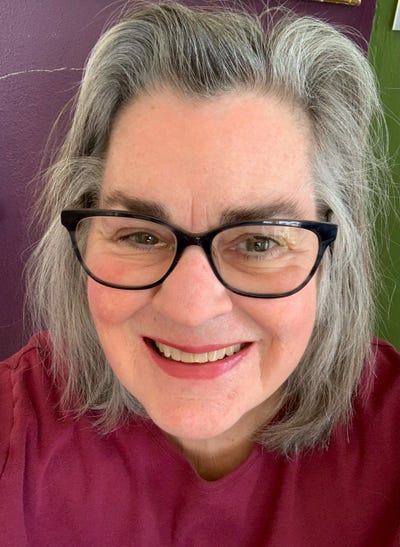December 2, 2009

Does the potpourri of products in your beauty aisles overwhelm customers—and you? These expert tips can help you declutter the store section by choosing and using practical, space-saving signage and educational materials to maximize sales.
School your shoppers
Signs can promote sales, but they may not be as important in the personal care section as in the rest of your store, according to the 2009 LOHAS Consumer Trends Database report from the Natural Marketing Institute. Only 14 percent of the shoppers polled said that signs in the store influence their purchase of PC products, compared to 35 percent who buy food and beverages based on signage. “It may be that there’s a higher level of loyalty in personal care—for instance, women may be leery of trying new products on their skin, so they’re going to need more than a sign to make them change,” says Gwynne Rogers, LOHAS business director for NMI, based in Harleysville, Pa. Rogers says the LOHAS report shows that personal care shoppers are more influenced by friends and family (34 percent) than the total population. “This may be an area where people feel like they need to rely on a trusted source.” 
To gain customers’ confidence in a new product, education is key, especially in a category where evil-sounding ingredients like hyaluronic acid or tocopherol are actually good for your skin. “More and more, personal care consumers are interested in why a product works and how it will directly help them, and they don’t want to take that extra step of visiting a company website to find out more,” says Lynea Shultz-Ela, owner of A Natural Resource, a natural products consulting firm in Hotchkiss, Colo. “They want the information immediately.”
Schultz-Ela’s research shows that stores can post double-digit growth in the PC aisle by using in-depth educational materials that show why and how a product works rather than brief promotional shelf talkers. And manufacturers may be the best source for those educational pieces. “I bet 30 percent to 40 percent of personal care manufacturers make consumer information that does not get into the hands of consumers due to shelf logistics,” she says. The problem is that retailers don’t want to waste valuable shelf space or litter their PC sections displaying that info. Wendy McLain, health and beauty aids buyer and merchandiser with PCC Natural Markets in Washington, says her stores solve this dilemma by placing manufacturer pamphlets at in-store information centers that also include Healthnotes databases and reference books. But Schultz-Ela says the info can be even more effective at the point of sale, where customers see the product and related information simultaneously. She suggests asking manufacturers to provide ¾-inch-wide plastic or cardboard boxes that can hold product brochures or information sheets, labeling them with a tag that says “Learn About Me Here,” and sliding them into shelves next to the product. “It’s a way to get customers to stop and be engaged, and [the retailer] gets more sales,” she says. “It’s space well spent.”
Know when to stop using signs
Less may be more when it comes to displaying signs in the PC section. Schultz-Ela recommends avoiding clutter by limiting signage to the four most popular or necessary types: product shelf tags, sale tags, big signs that differentiate subcategories like hair care or oral care, and shelf talkers that flag local products. If you want to feature certain ingredients, she suggests printing “Ingredient of the Week” postcards. Employees can pass them out to customers as part of an educational push of product ingredients. It’s a win-win way to keep your shelves tidy and provide more customer service.
PCC limits shelf sign overload but still offers valuable information through big, oval plaques placed on top of PC section gondolas. McLain says a plaque might explain, for instance, the company’s criteria for choosing body care items—paraben-free, not tested on animals, recyclable containers and adherence to Natural Products Association and Compact for Safe Cosmetics standards.
Vicky Uhland is a Lafayette, Colo.-based freelance writer.
About the Author(s)
You May Also Like
.png?width=700&auto=webp&quality=80&disable=upscale)




